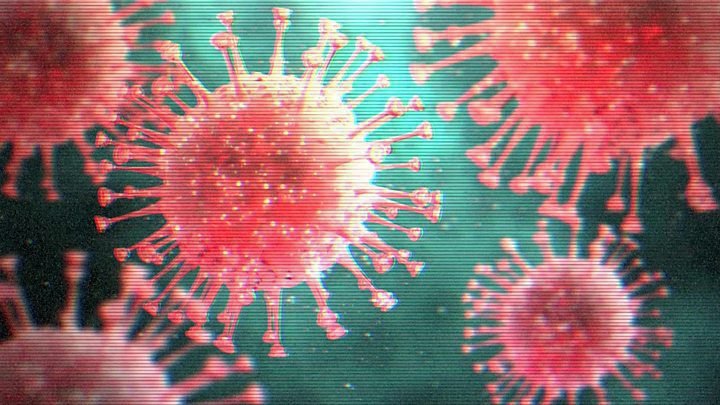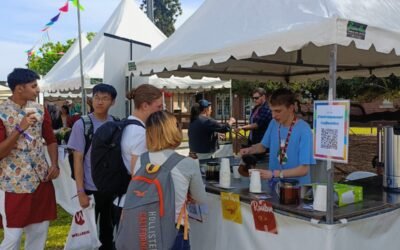2020, a new year and the mark of a new decade for students of Western Sydney University, both new and returning.
Getting ready for the new semester, picking our class schedules can be overwhelming. With recent hysteria over the newest virus to hit the world’s stage, unnecessary panic can arise over the 2019-nCov virus or coronavirus for short.
As a fellow student, I want to ease the minds of other students helping to drown out the multiple news coverages and bring all the facts into one article. And remember, it is important we keep in mind that there are many misconceptions and myths being spread about the coronavirus.
What exactly is the coronavirus and what are the symptoms?
The 2019-nCov virus is closely related to SARS (severe acute respiratory syndrome) and is in the same family as MERS (Middle East respiratory syndrome) coronavirus. Symptoms include fever, cough, and shortness of breath. Severe cases have reported pneumonia with acute respiratory distress.
Where did it all start?
It’s originated in the Hubei Province of China, with majority of confirmed cases in the country.
Who is susceptible to the coronavirus?
As with majority cases of viral infections, those at higher risk are the elderly, individuals with low immune systems, people with underlying illnesses that make them vulnerable to respiratory diseases, those with diabetes, chronic lung disease and pre-existing kidney failure.
How can we prevent getting infected?
At the time of publication, approximately 24,000 cases worldwide have been confirmed; Australia alone has 13 and counting. A team at Johns Hopkins University in the U.S. has created a map that tracks the number of infected people across the world, view to see the latest statistics.
The World Health Organisation (WHO), has declared a public health emergency regarding the coronavirus. It has recommended the measures to help prevent the spread is through good hygiene practice. This includes making sure to wash hands thoroughly with soap and water or alcohol-based hand rub, cover your nose and mouth when sneezing or coughing and to avoid contact with anyone with cold or flu-like symptoms.
Western Sydney University has advised for those who have come into contact with anyone confirmed to be infected or those returning from the Hubei Province of China must be isolated in their home for 14 days. The university and the NSW Health Department have established dedicated information lines for those who have questions regarding the matter.
Click here to watch the University’s Vice Chancellor and President, Professor Barney Glover AO provide information on the coronavirus for students.
University call line: +6102 9852 5399
University email: coronavirusadvice@westernsydney.edu.au
Health Direct: 1800 022 22



